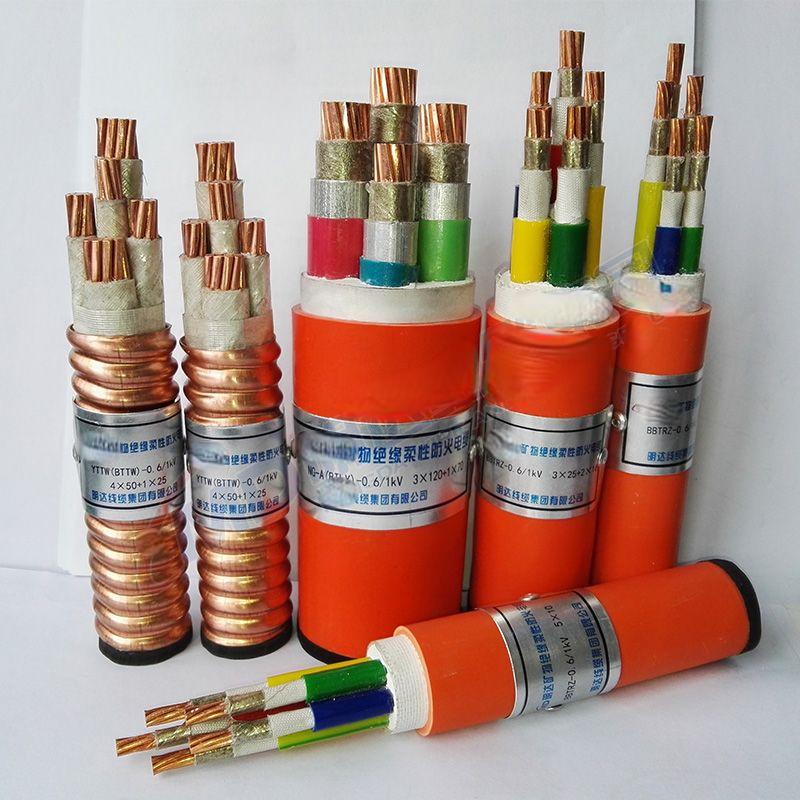Oct . 01, 2024 05:39 Back to list
Exploring the Functionality of Flap Check Valves in Fluid Control Systems
Understanding the Flap Check Valve A Critical Component in Fluid Systems
The flap check valve, often simply referred to as a check valve, is a crucial piece of equipment in various fluid systems. It plays a vital role in ensuring efficient operation, preventing backflow, and maintaining the desired directional flow of liquids and gases. This article delves into the essential features, operating mechanisms, advantages, and applications of flap check valves.
What is a Flap Check Valve?
A flap check valve is a type of one-way valve that allows fluid (liquid or gas) to flow in one direction while preventing backflow. It consists of a disc, often known as a flap, hinged at the top of the valve body. When the fluid flows in the desired direction, the flap opens, allowing the flow to pass through. Conversely, when the flow attempts to reverse, the flap closes automatically, sealing the path and preventing any backflow.
Operating Mechanism
The operation of a flap check valve is relatively straightforward
. The flap is mounted on a pivot and is designed to respond to the pressure differential across the valve. In normal operating conditions, when the pressure upstream is greater than that downstream, the flap lifts off its seat, allowing fluid to flow. However, if the upstream pressure decreases or if there's a reverse flow, the flap is pushed back down by the weight of the fluid and/or the gravitational force, sealing the valve and preventing backflow.Advantages of Flap Check Valves
1. Simplicity and Reliability The design of flap check valves is simple, which contributes to their reliability. With fewer moving parts compared to other valve types, these valves often require less maintenance.
flap check valve

2. Low Pressure Drop Flap check valves typically offer a lower pressure drop when compared to other check valves. This is particularly advantageous in systems where maintaining pressure is critical for operational efficiency.
3. Versatile Applications Flap check valves can be used in a variety of applications, ranging from water supply systems to HVAC installations, and in various industrial processes.
4. Durability Depending on the materials used in construction, flap check valves can be quite durable, capable of withstanding harsh environmental conditions and various fluid types.
Applications of Flap Check Valves
Flap check valves are utilized in numerous industries. In water treatment facilities, they prevent backflow into the clean water supply, safeguarding against contamination. In HVAC systems, they ensure that air flows in the correct direction without any backward movement that could cause inefficiency.
In chemical processing industries, flap check valves are employed to control the flow of corrosive substances, providing a reliable solution to prevent reverse flow which could lead to dangerous chemical reactions. Additionally, they are essential in various pumping applications, helping to maintain a steady flow and protect pumps from damage due to backflow.
Conclusion
In summary, flap check valves serve an indispensable function in the management of fluid systems, offering reliability, efficiency, and safety. Their ability to prevent backflow not only enhances system performance but also helps in safeguarding infrastructure and equipment. As industries evolve and the demand for efficient fluid control systems increases, the role of flap check valves will continue to be significant, ensuring the smooth operation of diverse applications across various sectors. Understanding their operation and advantages can help engineers and designers make informed choices when selecting components for fluid management systems.
Share
-
Reliable Wafer Type Butterfly Valves for Every IndustryNewsJul.25,2025
-
Reliable Flow Control Begins with the Right Ball Check ValveNewsJul.25,2025
-
Precision Flow Control Starts with Quality ValvesNewsJul.25,2025
-
Industrial Flow Control ReliabilityNewsJul.25,2025
-
Engineered for Efficiency Gate Valves That Power Industrial PerformanceNewsJul.25,2025
-
Empowering Infrastructure Through Quality ManufacturingNewsJul.25,2025